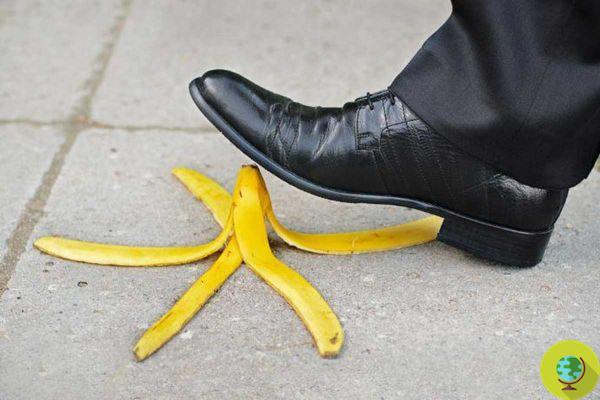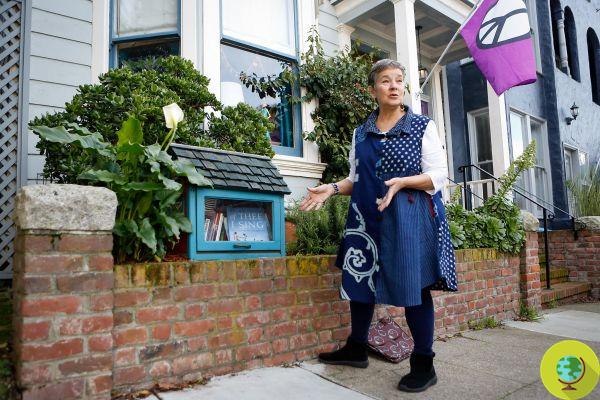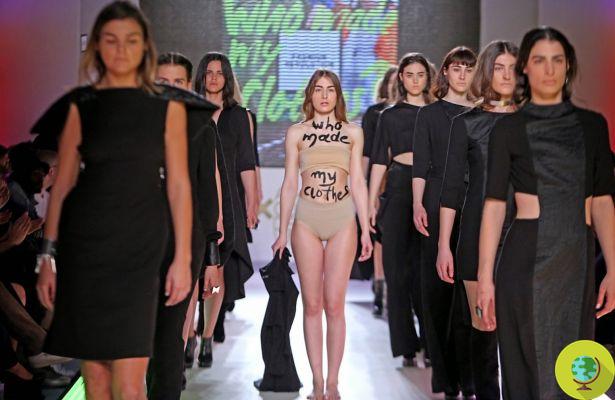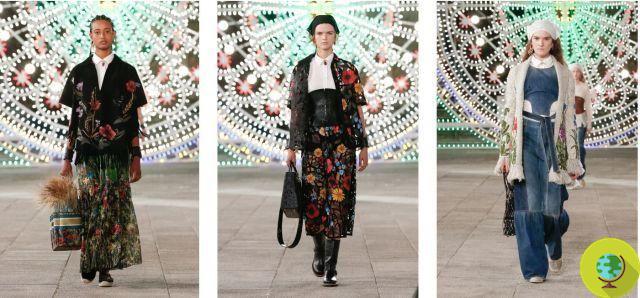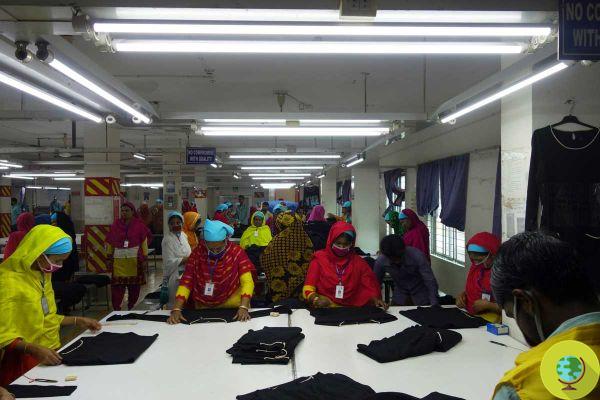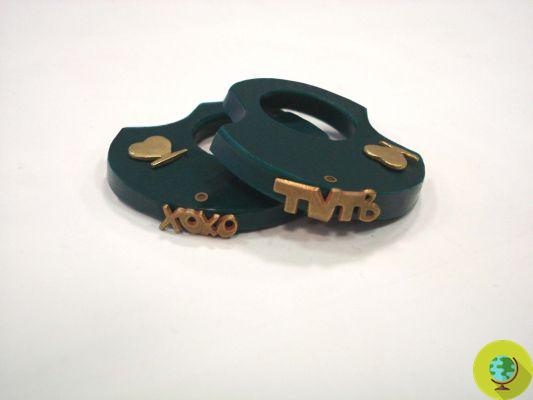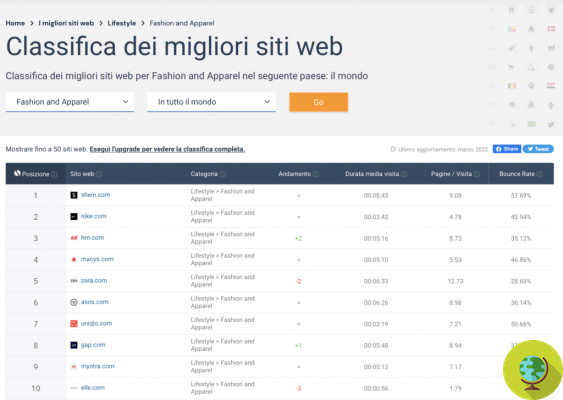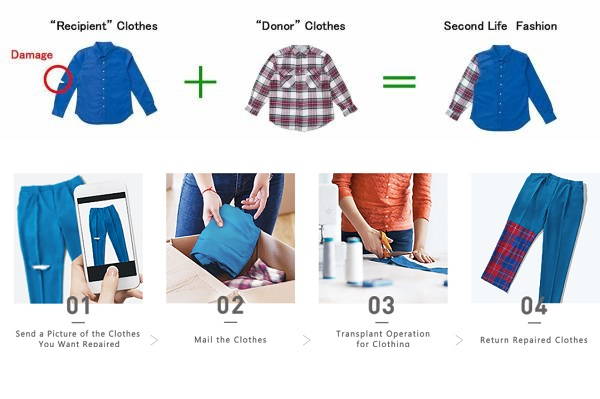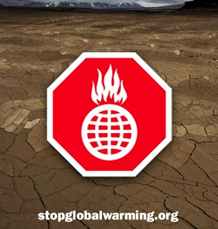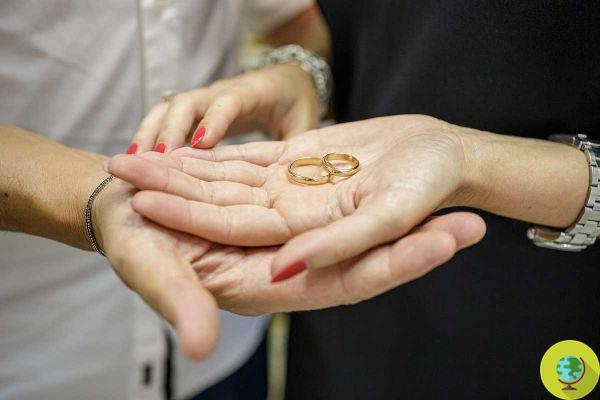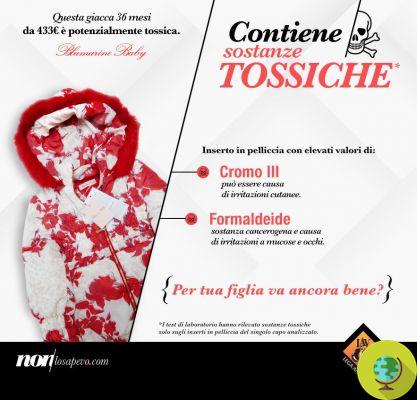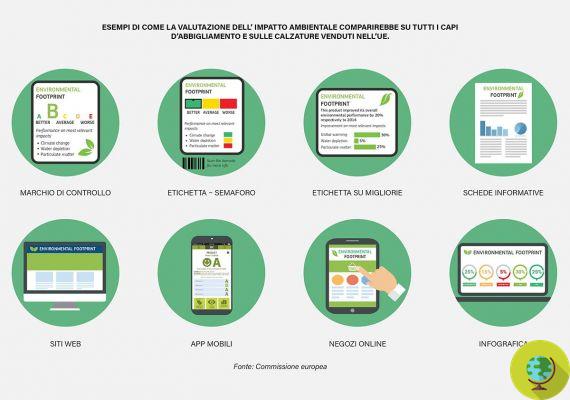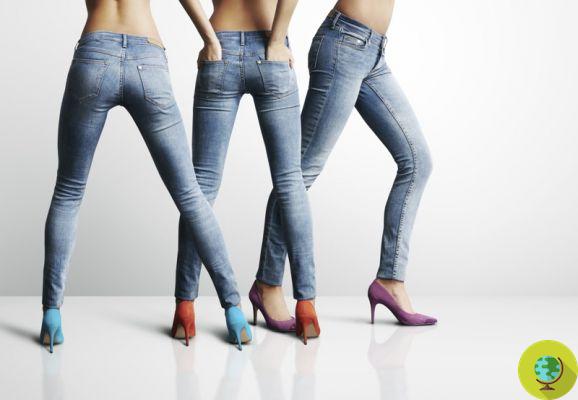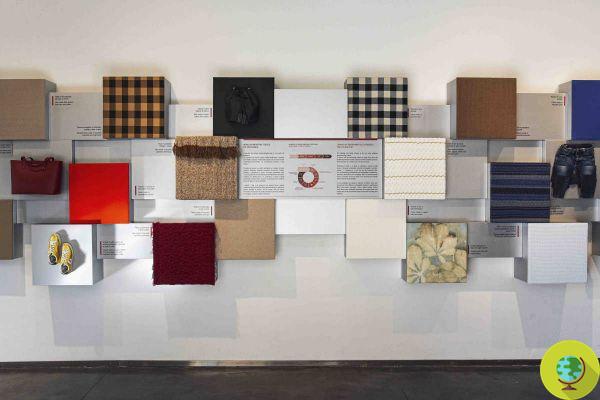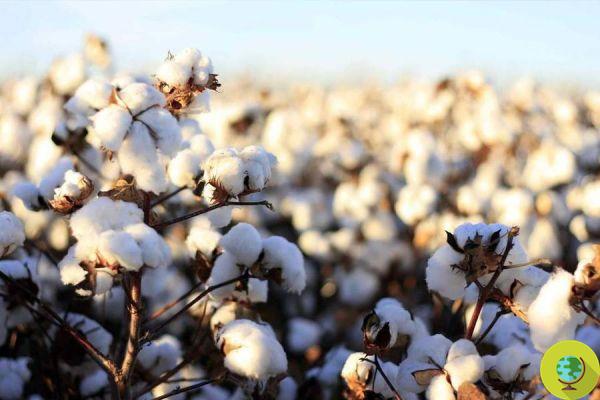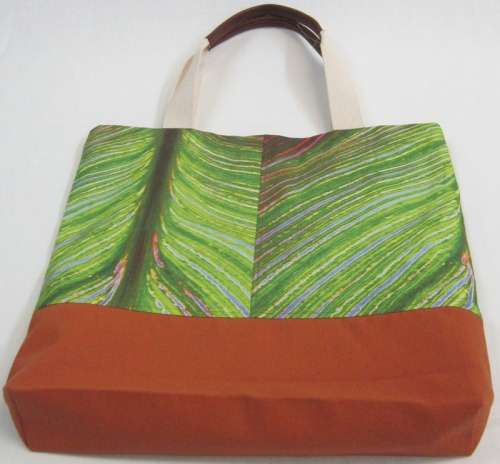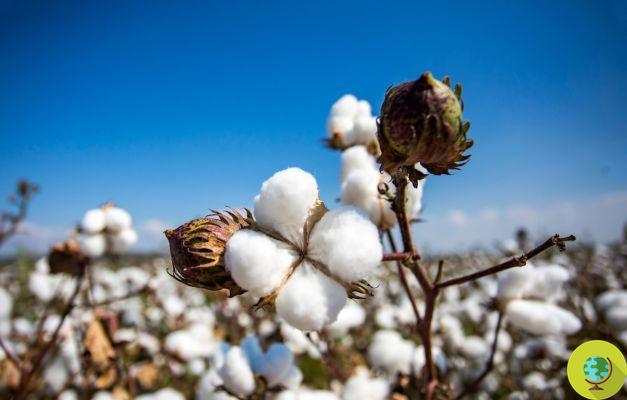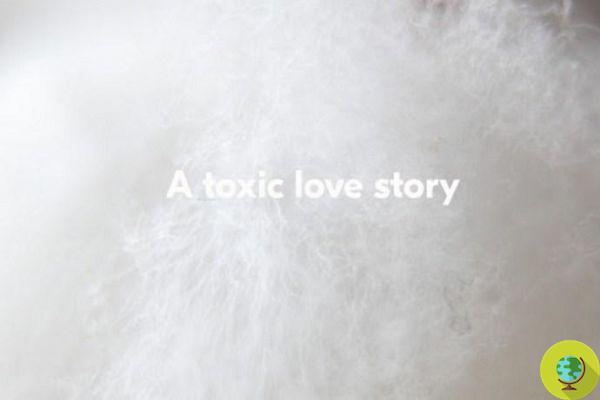Pandemic has worsened working conditions in garment factories: there is a higher risk of forced labor in some countries
Don't store avocado like this: it's dangerousPhysical and verbal abuse, intimidation, restrictions, false promises, deceptions, exploitation… This is the nightmare that those who produce our clothes live, while the companies that get rich in this way even had access to emergency financing during the pandemic. A new report reveals the dark side of our clothes
It is well known that fashion has a strong environmental weight and in some cases also hides the exploitation of workers (including children). However, a new study reveals how during the pandemic the situation even worsened and led to a greater risk of forced labor in some countries.
The new report, the work of a team from the University of Sheffield, interviewed a large sample of workers in the apparel supply chain (1200 workers in 302 factories in four countries) and found that, during the Covid-19 pandemic, the worsening of their living conditions and inside factories increased the risk of forced labor.
This risk has also been exacerbated by the response from retail companies, and it appears that most have not acted in line with their social responsibilities to support supply chain workers, despite many accessing pandemic recovery funds.
"The Unequal Impacts of Covid-19 on Global Garment Supply Chains", the name of the report, found that workers in Ethiopia, Honduras, India and Myanmar who produce many of the clothes we buy from our favorite brands in the UK and in Europe, have been severely affected by the pandemic and have actually seen their already severe conditions worsen.
Both those who were lucky enough to keep their jobs, and those who lost their jobs in the last year and found a new one, reported a sharp drop in their earnings and working conditions. Both groups experienced an increased risk of forced labor during this period.
The study used a comprehensive new system to identify whether indicators of vulnerability to forced labor were present. These include physical or verbal abuse, episodes of racism, intimidation, restrictions and much more.
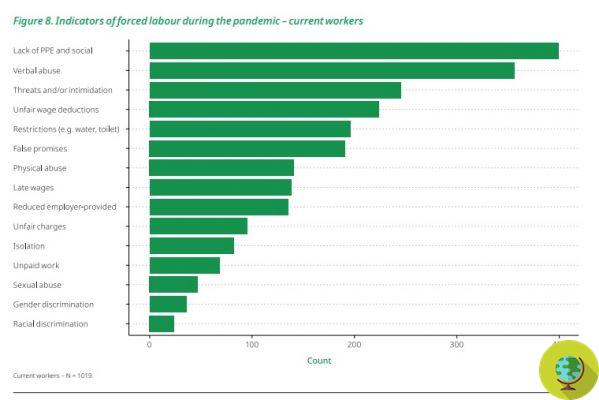
@University of Sheffield
But what exactly is meant by forced labor? As Professor Genevieve LeBaron, of the University of Sheffield's Department of Politics and International Relations, said:
There is no commonly accepted definition of what constitutes forced labor, and unlike public perceptions of modern day slavery, people cannot be held against their will. They can end up in a job they can't leave for a variety of reasons; false promises and deceptions to keep a person working in increasingly deteriorating conditions, threatening sanctions against the worker or his family if they leave, or sometimes forcing a person to go into debt to the producer through poor pay, leaving them in trouble for cover their basic needs for housing and food.
The study found that all groups of workers experienced some indicators of forced labor during the pandemic and, as already mentioned, found that many companies failed to live up to their commitments to good practices, including the procurement of sustainable goods from producers who guarantee fair working conditions, fair pay and no type of exploitation.
The study is the largest of those directly involving workers but also used interviews with retailers and analysis of company records.
Dr LeBaron said:
It appears that many apparel companies had access to emergency finance during the pandemic, but they also provided little or no evidence that they honored the social responsibilities that most of the brands we recognize have towards workers in their homes. their supply chains. At the start of the pandemic, millions of pounds worth of canceled orders forced many manufacturers in places like Ethiopia to lay off staff, who then became vulnerable to exploitation while desperate for new jobs. Those lucky enough to keep their jobs reported experiencing worsening working conditions and wages, exacerbating the already worrying inequalities between countries benefiting from their jobs and workers themselves.
This report, in practice, highlights the impact that Covid-19 has had on social inequalities in the fashion industry and the need to do more to protect workers who produce garments sold around the world from exploitation. Not surprisingly, in conclusion, the authors call on governments to increase governance related to supply chains and retailers to address the damage caused to workers during the pandemic.
Fonte: The University of Sheffield
Read also:
- Worldwide, fast fashion does not pay factory workers (and makes them pay for the Covid-19 crisis)
- The pandemic exacerbates the plight of exploited workers in low-cost fashion factories
- The scandal of Syrian children exploited in clothing factories: the companies involved
- Ethiopia: the working hands of HM, Guess and Calvin Klein earn just $ 26 a month
- The scandal of Syrian children exploited in clothing factories: the companies involved




